The scenic and peaceful region of Ladakh is witnessing an uneasy calm after demonstrations turned violent, killing four people and injuring 70 others. The Union Territory of India is regaining normalcy with authorities noting that no violent incident has taken place since 4 pm on Wednesday (September 24).
In the aftermath of the violence, the Union government has pinned the blame of the clashes on activist Sonam Wangchuk, stating that his fiery speeches provoked the demonstrators into becoming violent.
But who exactly is Sonam Wangchuk? How did he provoke the violence that unfolded in Ladakh? Here’s what we found out.
‘Wangchuk’s provocative statements incited mob’
The Ministry of Home Affairs (MHA) has blamed the violence on Wednesday on climate activist Sonam Wangchuk, claiming that he was misleading people through “provocative mention” of Arab Spring-style protest and “references to Gen Z protests in Nepal”.
The government noted that the activist’s fiery speech instigated the mob, which then went on a rampage, vandalising BJP and government offices. A statement by the Home Ministry said, “On 24th September, around 11.30 am, a mob instigated by his (Wangchuk’s) provocative speeches left the venue of the hunger strike and attacked a political party office as well as Government office of the CEC Leh.”
The government also accused Sonam Wangchuk of breaking his fast and leaving for his village “without making effort” to calm the situation down. “It is clear that the mob was incited by Shri Sonam Wangchuk through his provocative statements. Incidentally, amidst these violent developments, he broke his fast and left for his village in an ambulance without making serious efforts to control the situation,” the MHA said.
The statement from the MHA comes after Ladakh witnessed, perhaps, its most violent demonstrations on Wednesday. Arson and street clashes took place on Wednesday, resulting in the deaths of four people and injuring at least another 59, including 22 police personnel.
According to officials, groups of youths indulged in arson and vandalism, targeting the headquarters of the BJP in Leh and the Hill Council and set vehicles ablaze. This resulted with the police and paramilitary forces to be deployed in strength across the town, lobbing teargas shells to bring the situation under control. Now, a curfew has been imposed, banning a gathering of more than five people.
Commenting on the demonstrations, the MHA noted that it all began with Wangchuk’s hunger fast 10 days ago, demanding statehood and inclusion of Ladakh in the Sixth Schedule of the Constitution, which grants special autonomy to tribal areas.
It added that the Union government was already in talks with progress being made on the same. “However, certain politically motivated individuals who were not happy with the progress made under HPC have been trying to sabotage the dialogue process,” it said.
Wangchuk speaks
Wangchuk has not responded to the government’s assertion. He, however, has condemned the violence, saying his “message of peaceful path failed”.
“On the 15th day of our strike, I am pained to say that several incidents of violence, arson and vandalism took place in Leh today. Two people on strike had to be hospitalised yesterday. This sparked outrage. A bandh was announced today, and thousands of youngsters hit the streets.”
He noted that the outburst was a “kind of a Gen-Z revolution”. “They have been jobless for five years. This is a recipe for social unrest. There is no democratic platform here,” he said.
VERY SAD EVENTS IN LEH
— Sonam Wangchuk (@Wangchuk66) September 24, 2025
My message of peaceful path failed today. I appeal to youth to please stop this nonsense. This only damages our cause.#LadakhAnshan pic.twitter.com/CzTNHoUkoC
“I appealed to the youngsters to shun the path of violence. This nullifies my five-year struggle. We have been holding strikes, marches, and violence is not our path. I appeal to the youngsters with folded hands, we must talk to the government peacefully. And the government must hear us out. We are holding strike after strike, we walked from Leh to Delhi, but nothing was heard.”
About Sonam Wangchuk
But who is Sonam Wangchuk, the man at the centre of the protests now?
Born in 1966, the innovator, engineer, education reformist and climate activist first acquired national fame when he served as the inspiration for Aamir Khan’s role in the 2009 hit Bollywood movie, 3 Idiots.
But that’s not his only claim to fame. He founded the Students’ Educational and Cultural Movement of Ladakh with the objective of reforming the schooling system so as to make it more appropriate both culturally and environmentally in Ladakh. SECMOL used a learning approach involving action through both learning at school and practical activities with students learning through action.
From June 1993 until 2005, Wangchuk also founded and worked as the editor of Ladakh’s only print magazine Ladags Melong.
Some of his greatest innovations have been a low-cost mud house that maintains a temperature of 15C even in -15C conditions, and an artificial spring in the shape of an ice stupa that stores downstream water for use during late spring when farmers need water.
In 2020, in response to the India-China clashes at the Galwan Valley, Wangchuk appealed to Indians to use “wallet power” and boycott Chinese products. He even gave the slogan, ‘Cheen ko jawaab… Sena degi bullet se, Nagrik dengey wallet se.’
Later, in March 2024, he undertook a 21-day hunger fast in the freezing cold “to remind the government of its promises to safeguard Ladakh’s environment and tribal indigenous culture”. He was joined by thousands who fasted with him and held demonstrations.
#SAVELADAKH #SAVEHIMALAYAS
— Sonam Wangchuk (@Wangchuk66) March 6, 2024
Sonam Wangchuk appeals to the world to live simply,
starts #ClimateFast of 21 days (extendable till death)
Please watch full video in English here:https://t.co/XHkcIdQQ7b#ILiveSimply #MissionLiFE #ClimateActionNow pic.twitter.com/KQi5EMro9X
In September, Wangchuk began a foot march from Leh to Delhi called the “Delhi Chalo Padyatra” with the aim of urge the central government to resume discussions regarding Ladakh’s future.
GOOD EARLY MORNING...
— Sonam Wangchuk (@Wangchuk66) September 24, 2024
From #ClimateMarch #PadYatra.
Yatra starts at 4.45 am to avoid the effects of sweltering heat of the plains on high Himalayan people pic.twitter.com/wMuFB5GyYA
After the abrogation of Article 370, Ladakh was designated as a Union Territory, but local leaders like Wangchuk argue that this status lacks sufficient autonomy. They demand stronger protections for Ladakh’s cultural and ecological identity, including a legislature and local decision-making powers.
He has also been calling for the sixth schedule in Ladakh that gives special powers to tribal populations to safeguard their interests in matters including natural resources and infrastructure. “The sixth schedule gives locals not just a right but a responsibility to conserve their climate, forests, rivers and glaciers,” he told reporters earlier. Wangchuk argues that the fragile Himalayan ecology is in danger in the absence of constitutional safeguards.
Wangchuk was stopped amid his march to the Capital but was released on October 2, 2024.
Since his return to Ladakh, he has been continuing with his protests and calls, seeking constitutional guarantees, greater autonomy, statehood, and the Sixth Schedule status.
With inputs from agencies


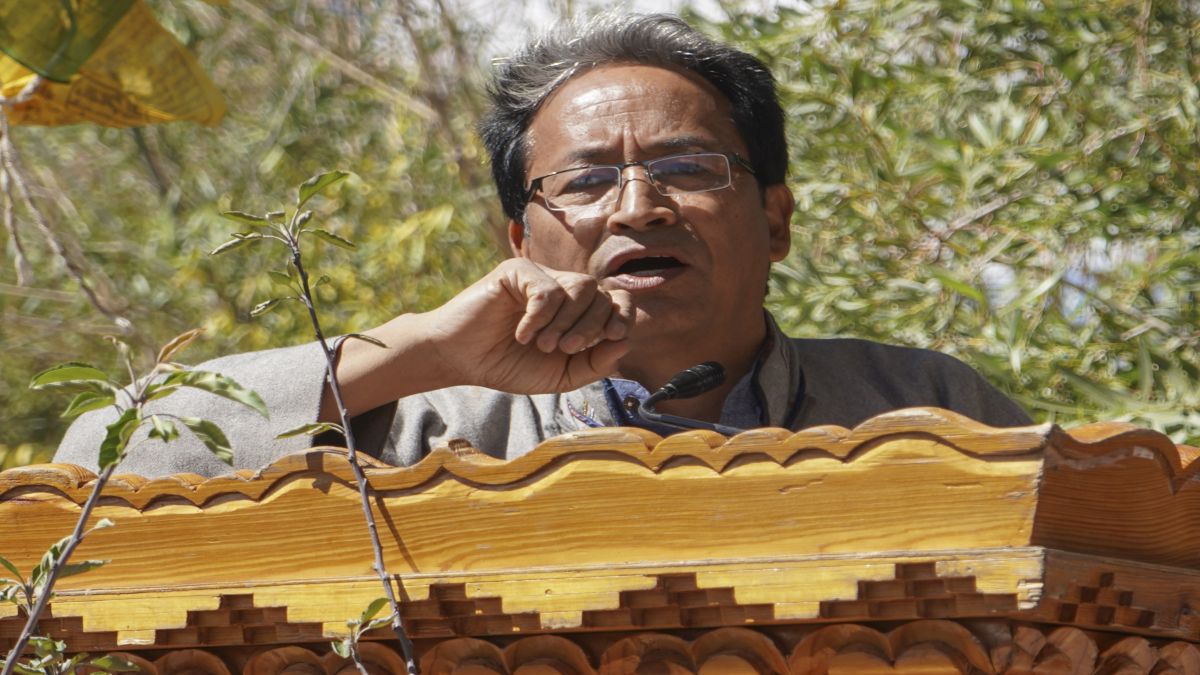)

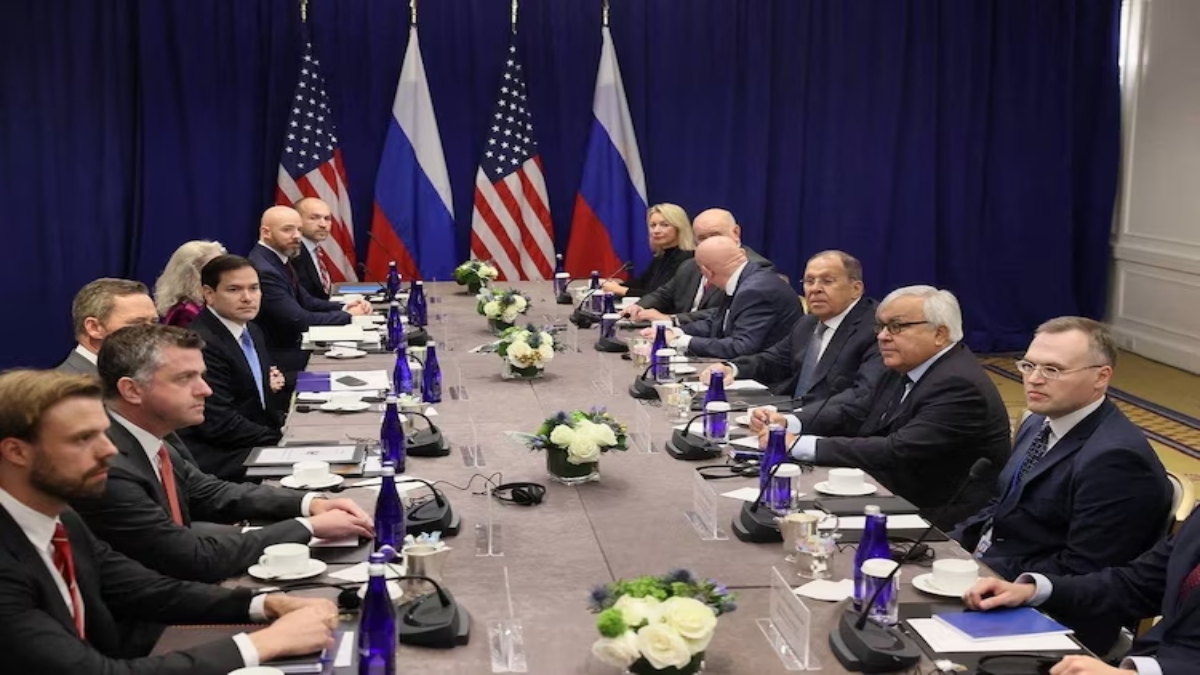)
)
)
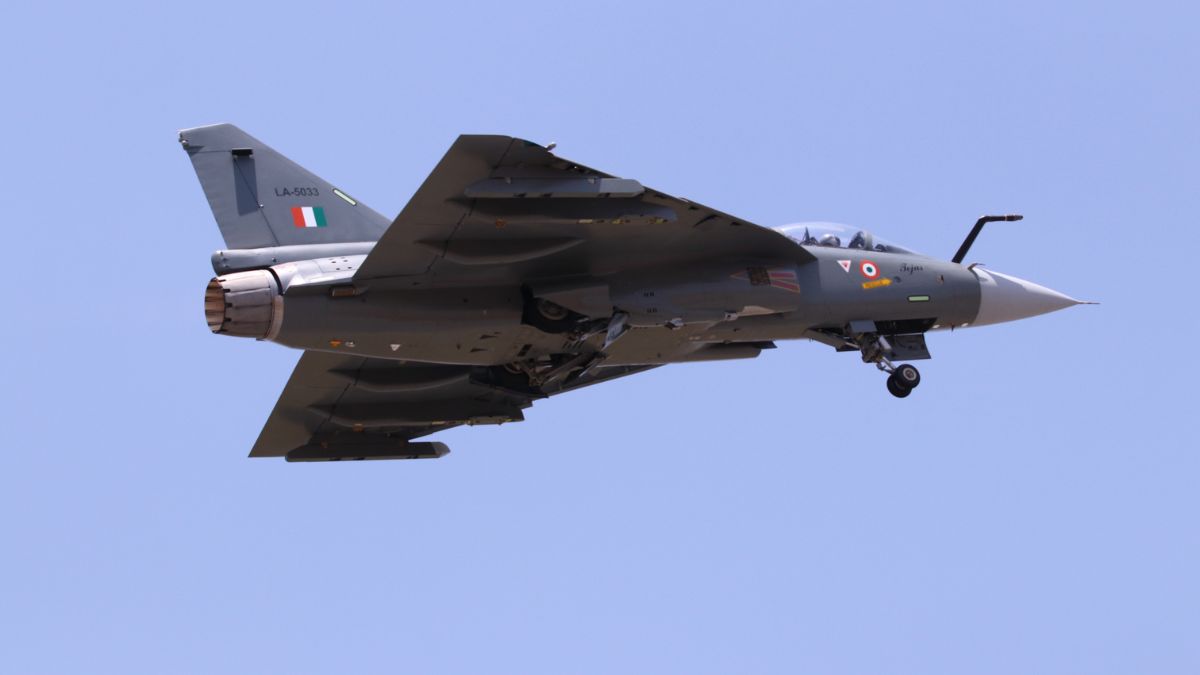)
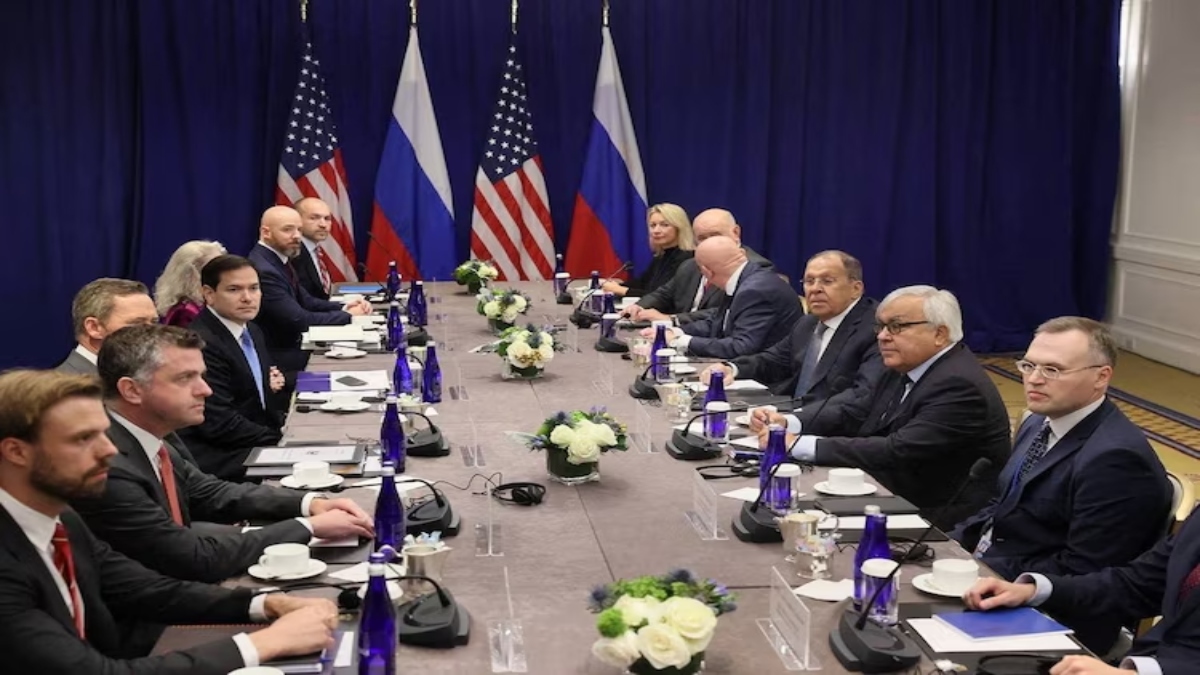)
)
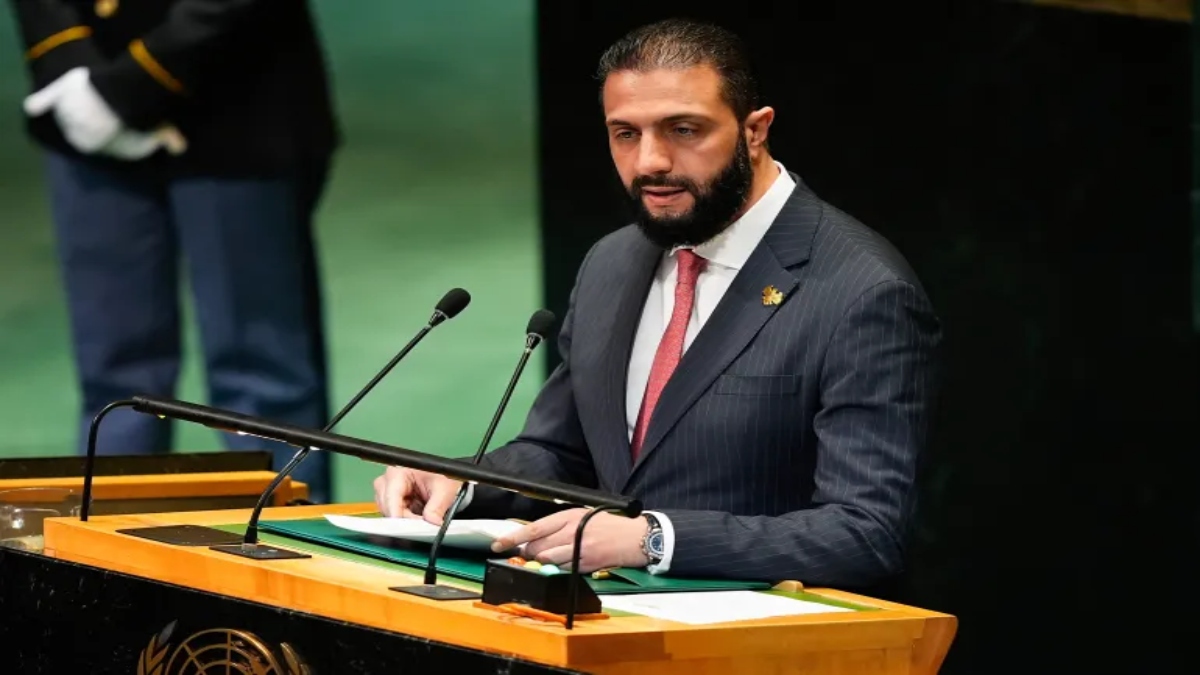)
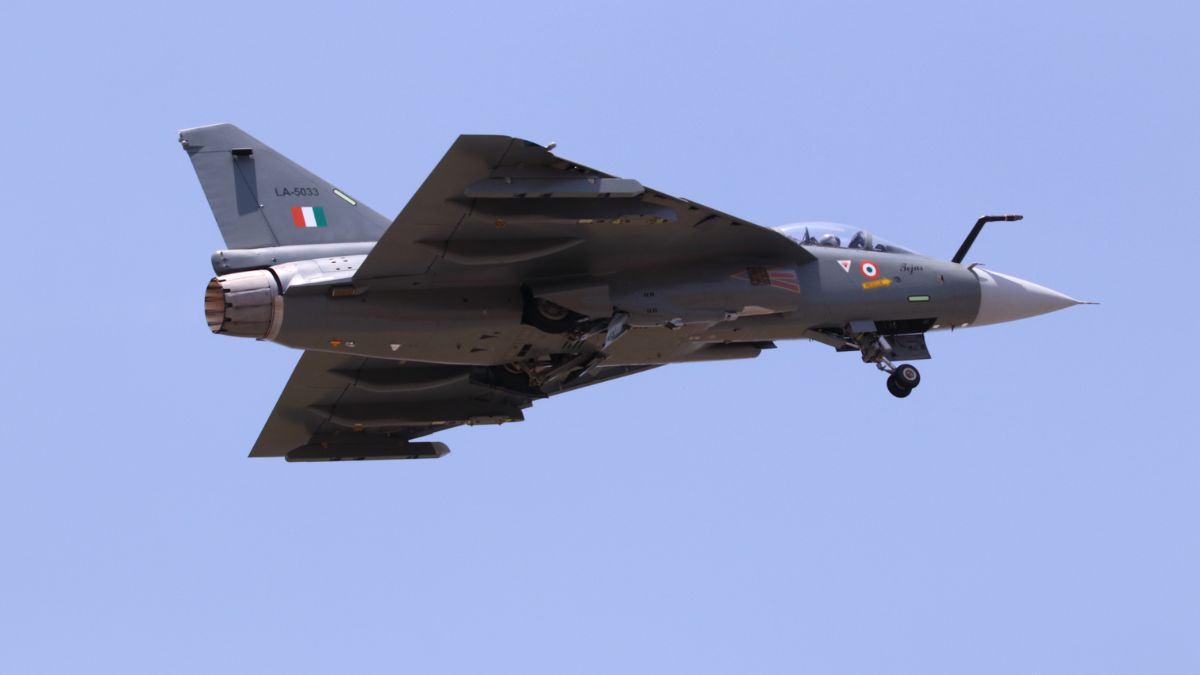)



